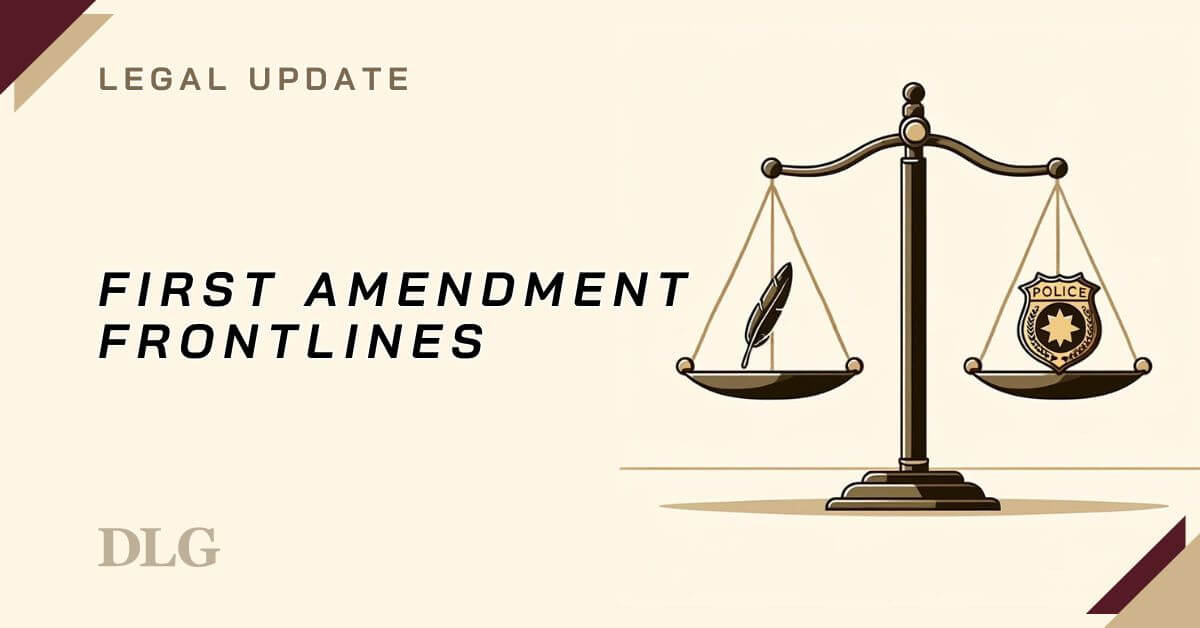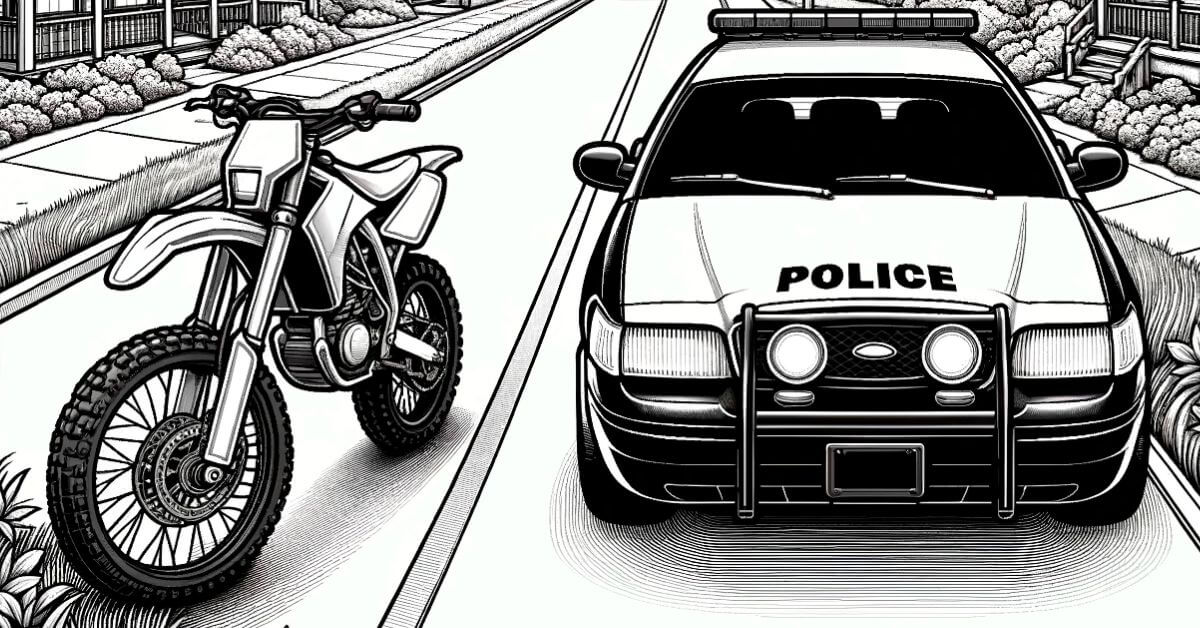The Ninth Circuit Court of Appeals, in the case of Smith v. Agdeppa, recently explored the parameters of qualified immunity in a case where two police officers faced an intense confrontation with a suspect at a Los Angeles Gym.1 The subsequent use of deadly force by Officer Edward Agdeppa led to legal action by the deceased’s mother, Paulette Smith. She contended that her son’s rights under Section 1983 were violated due to what she believed was an unreasonable use of lethal force.
Summary
On the morning of October 29, 2018, Los Angeles Police Officers Edward Agdeppa and Perla Rodriguez were dispatched to a 24-Hour Fitness gym on Sunset Boulevard in Hollywood. They were there to address a report about a trespasser causing a disturbance. Upon entering the gym, they promptly activated their body cameras. An employee immediately briefed them on the suspect’s erratic and aggressive behavior, which included threats to gym patrons and physical altercations with security personnel.
The suspect, Albert Dorsey, was located in the men’s locker room. He stood a towering 6’1″, weighing around 280 pounds, and was undressed near the showers, dancing around to music playing from his phone. By comparison, Officers Agdeppa and Rodriguez appeared physically smaller, standing at 5’1″ and 5’5″ respectively, and weighing approximately 145 pounds each. They calmly instructed Dorsey to turn off his music, get dressed, and leave the premises. However, Dorsey disregarded the officers, choosing instead to dance and make taunting gestures, all while two of the gym’s security guards watched the unfolding tension.
After several minutes of unsuccessful de-escalation through verbal engagement, Officer Agdeppa approached Dorsey to handcuff him. Dorsey resisted, leading to a struggle in which both officers employed various tactical maneuvers to control him. Despite using wall pins and a “daisy chain” method with two sets of handcuffs, they could not subdue Dorsey. As a result of the ensuing struggle, both officers’ body cameras fell, leaving only audio to capture the escalating violence. Despite the officers’ repeated shouts for Dorsey to stop, he continued to resist.
As the confrontation intensified, Agdeppa, in an attempt to protect both officers, used his taser on Dorsey, which proved ineffective. Officer Rodriguez followed suit, firing a taser dart into Dorsey’s back. Despite multiple activations, the taser failed to subdue Dorsey. The audio from the fallen cameras captured the subsequent rapid escalation, with sounds of a violent scuffle and the officers’ continued commands. It culminated in Agdeppa firing the fatal shots. Both officers were later found to have sustained significant injuries and required medical attention.
The Board of Police Commissioners subsequent investigation into the event supported the officers’ account. While they acknowledged the apparent reasonableness of using deadly force in the situation, they criticized the officers for inadequate planning and not employing de-escalation techniques earlier in the encounter. However, upon hearing the case, the district court denied Officer Agdeppa’s plea for qualified immunity.
On appeal, the Ninth Circuit turned its focus to the second step of the qualified immunity analysis, seeking to understand if Officer Agdeppa had violated any “clearly established law” during the incident.
Analysis
On appeal, the Ninth Circuit centered its attention exclusively on the second step of the qualified immunity analysis. The court considered “whether ‘clearly established law prohibited’ Officer Agdeppa from using the degree of force that he did in the specific circumstances that the officers confronted.”
The Ninth Circuit reversed the district court’s denial of qualified immunity to Officer Agdeppa, holding that the officer’s action did not violate any clearly established law under the circumstances of this case.
The Court emphasized that there were no similar precedents that could categorically classify Officer Agdeppa’s use of force as constitutionally excessive, acknowledging the escalating violence and the officer’s lack of ability to issue further warnings mid-altercation.
Here, we see law enforcement confronting an individual who had not only threatened civilians but had escalated his aggression towards the officers themselves. This individual, a dominant figure in terms of size and stature, engaged the officers in a confined space, gaining control over a taser at one point. The officers made repeated attempts to subdue him using non-lethal force, but their efforts were met with increased resistance.
Ultimately, the Ninth Circuit concluded that Officer Agdeppa was entitled to qualified immunity.
Conclusion
In reversing the district court’s decision, the Ninth Circuit highlighted the complexities of qualified immunity, emphasizing the challenges that law enforcement officers face in volatile situations. This particular case, with its lack of similar precedents and threatening nature of the encounter, underscored the difficulty in determining the boundaries of excessive force.
Takeaways
The case of Smith v. Agdeppa is a potent illustration of the unpredictability inherent in law enforcement situations. It emphasizes the crucial role of comprehensive training in de-escalation techniques and tactical procedures. Furthermore, it serves as a testament to the challenges officers confront daily and the importance of both following and continually refining law enforcement protocols to ensure the safety of all involved.
1 Paulette Smith v. Edward Agdeppa, et al, No. 20-56254 (9th Cir. 2023).



